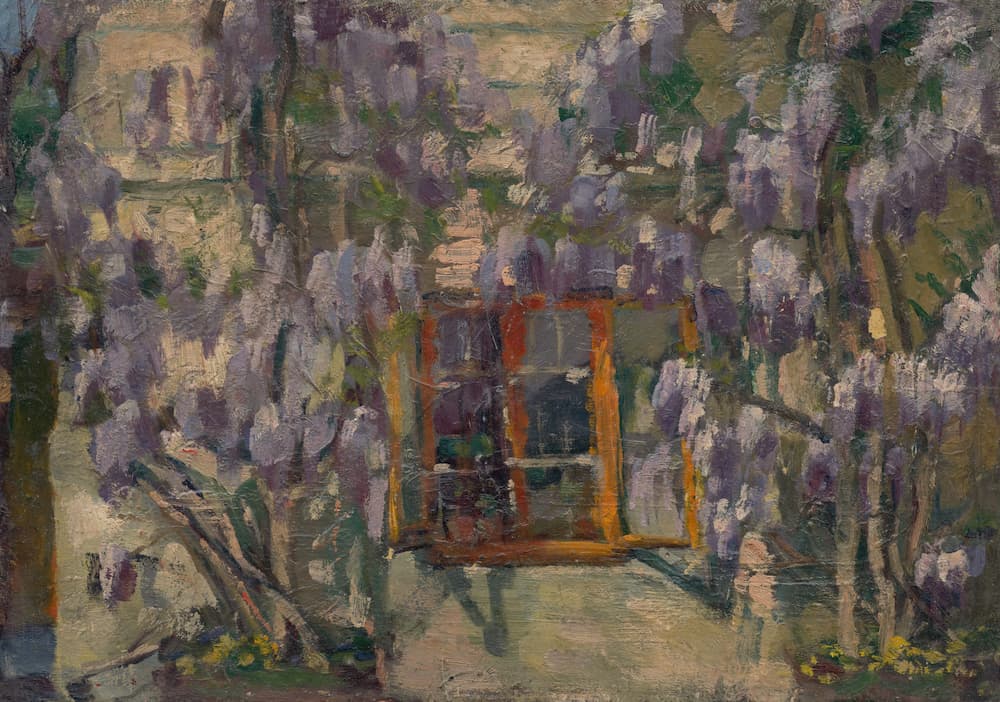Modernism
Modernism in literature was born on the eve of the First World War and flourished in the twenties simultaneously in all countries of Western Europe and in America. Modernism is an international phenomenon, consisting of different schools (Imagism, Dadaism, Expressionism, Constructivism, Surrealism, etc.). This is a revolution in literature, the participants of which announced a break not only with the tradition of realistic plausibility, but also with the Western cultural and literary tradition in general.
Any previous trend in literature defined itself through its attitude to the classical tradition: one could directly proclaim antiquity as a model of artistic creation, like the classicists, or prefer antiquity to the Middle Ages, as romantics, but all cultural epochs before modernism are therefore increasingly called “classical” today, because developed in line with the classical heritage of European thought.
Modernism is the first cultural and literary era to put an end to this legacy and provide new answers to “eternal” questions. As the English poet S. Spender wrote in 1930: “It seems to me that modernists deliberately strive to create a completely new literature. This is a consequence of their feeling that our era is in many respects unprecedented and stands outside any conventions of past art and literature.” …
The generation of the first modernists was acutely aware of the exhaustion of the forms of realistic narrative, their aesthetic fatigue. For modernists, the concept of “realism” meant a lack of effort to independently comprehend the world, the mechanistic nature of creativity, superficiality, boredom of vague descriptions – interest in a button on a character’s coat, and not in his state of mind. Modernists prioritize the value of an individual artistic vision of the world; the artistic worlds they create are uniquely dissimilar from each other, each bears the stamp of a bright creative individuality.





